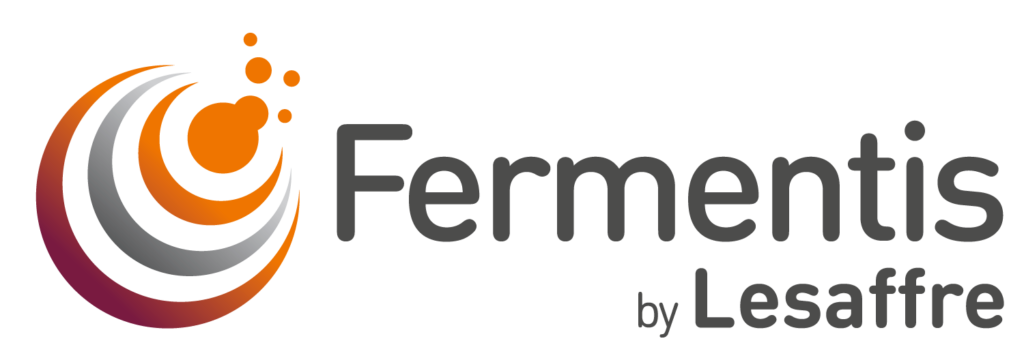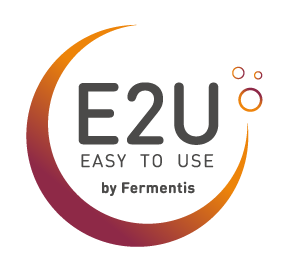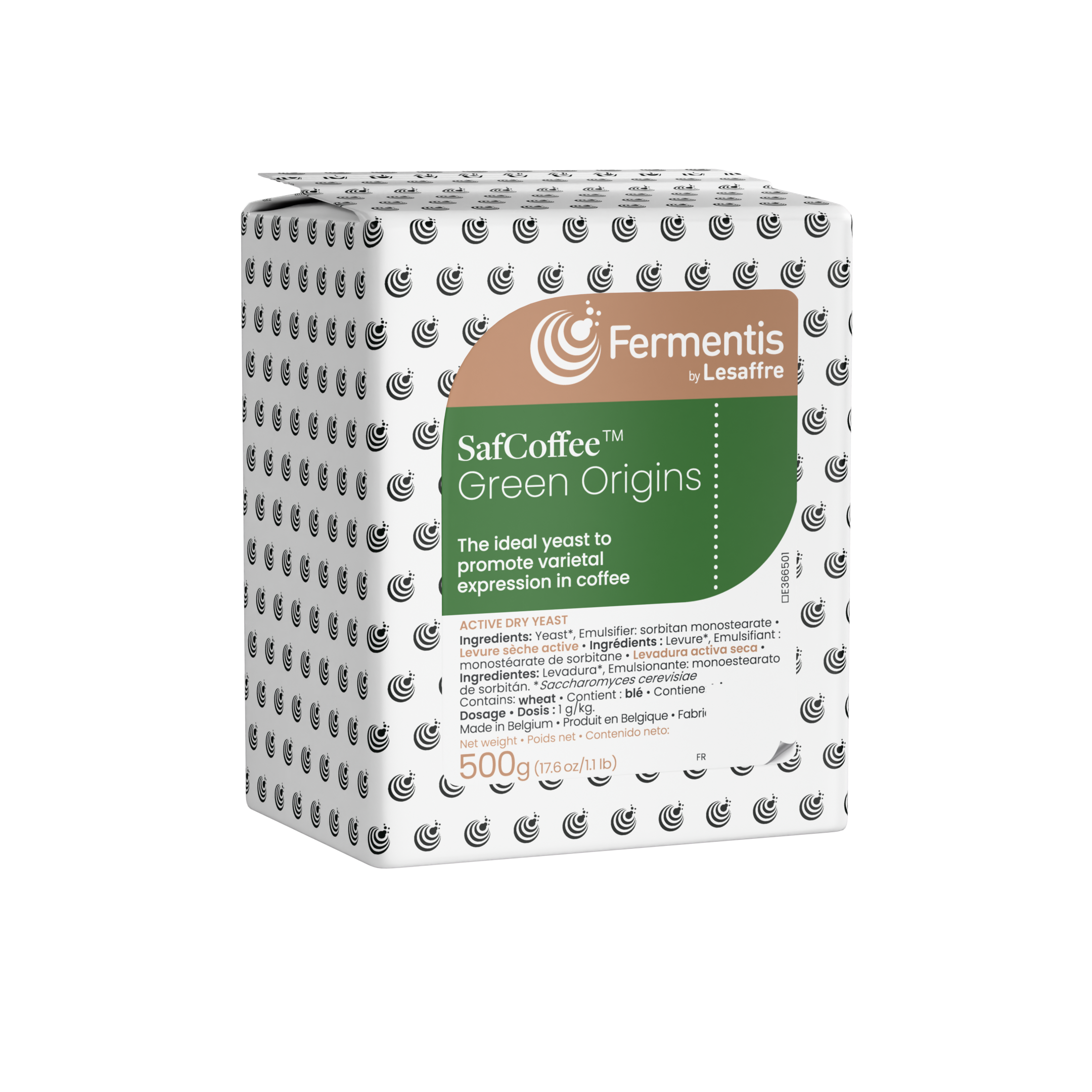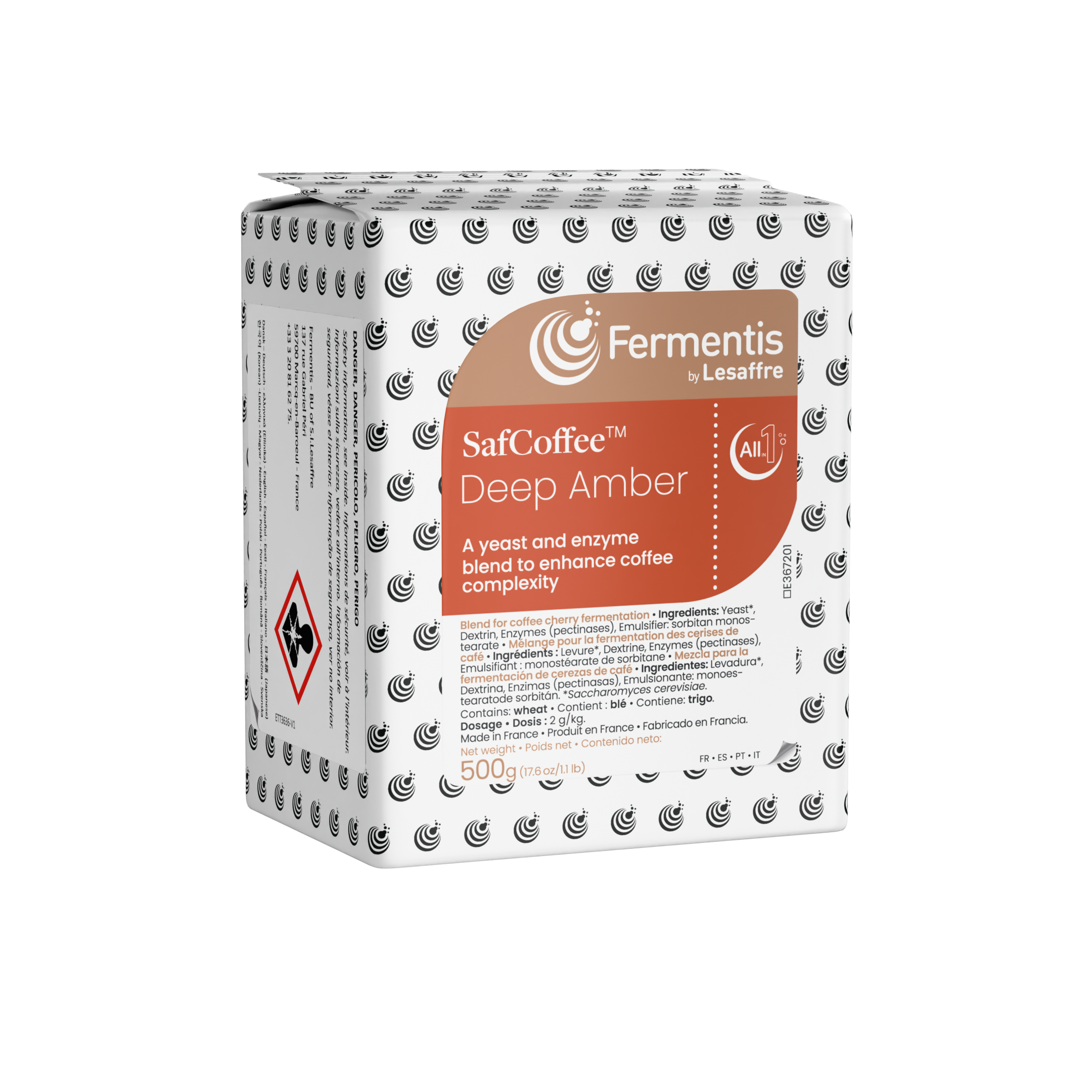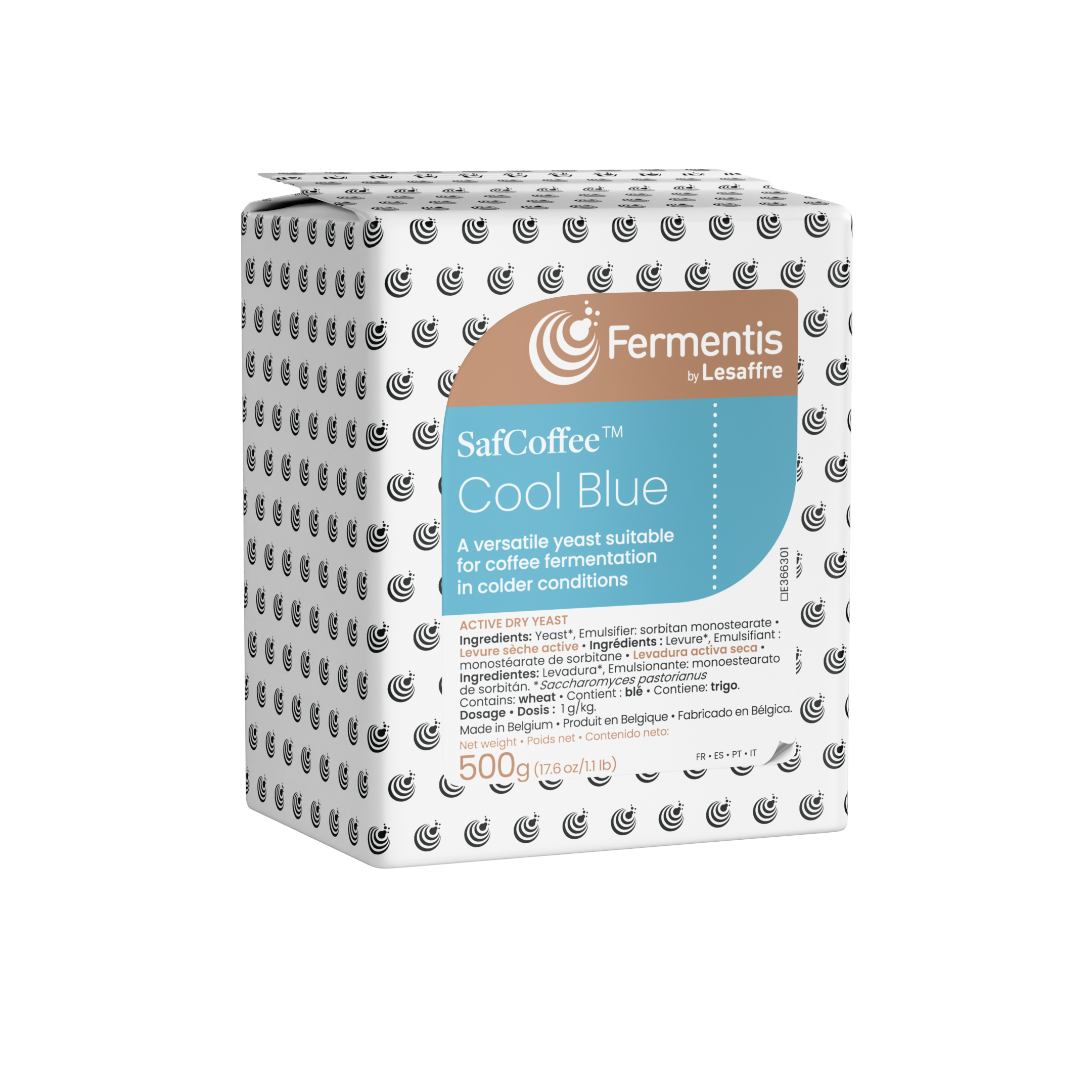FOR ELEGANT WHITE WINES WITH COMPLEX AROMAS
SafŒno™ EF 85 is originating from the Loire Valley (France) and comes from a selection program carried out in partnership with l’Institut Français de la Vigne et du Vin.
Dosage: Still white wines: 20 g/hl (1.67 lb/1,000 gal)
Ingredients: Yeast (Saccharomyces cerevisiae*), Emulsifier: Sorbitan monostearate (E/INS 491)
*According to «Revisiting the taxonomic synonyms and populations of Saccharomyces cerevisiae – Phylogeny, Phenotypes, Ecology and Domestication.» Pontes A., Hutzler M., Brito P.H. and Sampaio J.P., 2020 and «Genome Diversity and Evolution in the Budding Yeasts (Saccharomycotina). Genetics.» Dujon B.A., Louis E.J., 2017 ; 206(2):717‐750.
SafŒno™ EF 85 sensory features
Thanks to its high production of ethyl esters combined with a medium production of acetate esters, SafŒno™ EF 85 brings complex and balanced fruity notes to wines.
Throughout numerous vinifications carried out during its selection program, SafŒno™ EF 85 showed good performances on many different white cultivars, from neutral varieties (Chardonnay, Grenache blanc, Ugni blanc, etc.) to aromatic varieties (Muscat, etc.), always offering an aromatic profile well appreciated by tasters.
Its ability to maintain high total acidity favors a balanced fresh mouthfeel making SafŒno™ EF 85 ideally suited to the production of elegant white wines with respect for the grape variety.
Melon de Bourgogne (Loire Valley – France), 12.14% v/v, constant fermentation temperature at 18°C (64°F), pH 3.1.
Adjustement of assimilable nitrogen with DAP to YAN (mg/L) / Initial sugars (g/L) = 0.98.

Fig. 1 and 2.: SafŒno™ EF 85 leads to a fruity, complex and balanced profile by increasing the concentration of ethyl esters in wine when compared with SafŒno™ HD A54 which is high producer of acetate esters resulting in more intense but less complex profiles.
SafŒno™ EF 85 technical features
Fermentation abilities:
• High implantation strength thanks to its Killer phenotype
• Short to medium lag phase; then, fast and regular kinetic
• Good alcohol tolerance: up to 15.5 % v/v
• Wide range of fermentation temperature: 10-30°C (50-86°F)
• Moderate Nitrogen requirements: Ratio YAN (mg/L) Initial sugars (g/L) ≥ 0.8
Metabolic Characteristics:
• Low malic acid consumption and good retention of the total acidity
• Medium volatile acidity production
• Low H2S production and medium SO2production
• High ethyl esters production
• Medium acetate esters production, especially isoamyl acetate
Lesaffre know-how and continuous yeast production process improvement generates an exceptional quality of dry yeasts able to resist to a very wide range of uses, including by-passing acclimatization, cold or no rehydration conditions, without affecting their viability, kinetic and/or analytical profile. Winemakers can choose to use our E2U™ yeast with the process that fits best their need:
- Direct inoculation: Inoculate the desired quantity of yeast directly into the must in the fermentation tank, taking care to homogenize the entire volume. In whites or roses, ideally directly sprinkle the yeast into the fermentation tank after the beginning of the transfer from the settling tank and keep transferring to ensure a good homogenization. Alternatively pour the desired yeast quantity on the surface of at least 10 times their weight of must. Gently stir to avoid clumps. Immediately transfer into the tank and homogenize the entire volume.
- With prior rehydration and potential acclimatization: Gently pour the desired quantity of yeast in 10 times its weight of tap water from 15-37°C (59-98.6°F). Gently stir to complete yeast rehydration and avoid the formation of clumps. Leave it to rest for 20 minutes and incorporate the yeast starter in the fermentation tank with homogenization. Following the rehydration, it is possible to continue with an acclimatization by incorporating to the yeast starter ½ of a volume of must and leave it to rest for 10 minutes. Repeat the operation until the temperature difference between the fermentation tank and the yeast starter culture is less than 10°C (50°F).
Packaging
Cardboard box of 20 vacuum-packed sachets of 500g / 1.1 lb each (Full box net weight: 10 kg / 22.05 lb)
Cardboard box of 1 vacuum-packed 10kg / 22.05 lb (Full box net weight: 10kg / 22.05 lb)
Guarantee
The product must be stored/transported in dry conditions and protected from direct sunlight. For less than 6 months, the product can be stored/transported at ambient temperature below 25°C (77°F) without affecting its performances. Peaks up to 40°C (104°F) are allowed for a limited period of time (less than 5 days).
Fermentis recommends a long-term storage at a controlled temperature (below 15°C/59°F), once the product arrives to the final destination.
Fermentis guarantees the product complies with OIV specifications until its Best Before End Date in the storage conditions mentioned above. The product is also authorized as per TTB.
Each Fermentis yeast is developed under a specific production scheme and benefits from the know-how of the Lesaffre group, world leader in yeast manufacturing. This guarantees the highest microbiological purity and maximum fermentation activity.
The information provided by Fermentis is for informational purposes to the attention of professionals only. We make no representation or warranty of any kind, express or implied, regarding the information: regulatory and intellectual property requirements (including product use and claims) shall be reviewed locally for their particular purposes.
